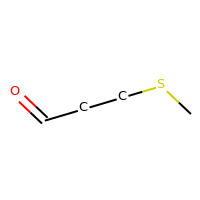DISCLAIMER
FCCP is a repository of fragrance chemicals used in children’s products compiled and curated from published scientific literature. We are not responsible for any errors or omission of any chemicals or published scientific studies that reported fragrance chemicals used in children’s products. The users are advised to exercise their own judgement while using our resource. Importantly our goal is to build this resource on fragrance chemicals used in children’s products to enable future research towards better understanding of the hazardous potential of these chemicals and to frame better policy decisions. Hence, the views expressed in this work are solely based on our scientific understanding of the topic, and they do not necessarily reflect the views or policies of our employers or funders.
